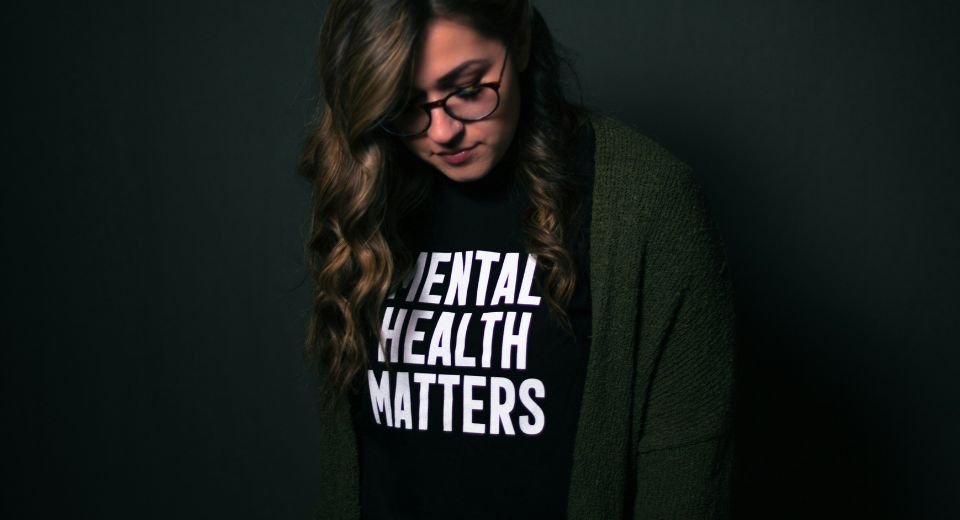HQ Team
September 24, 2024: About one in seven adolescents in the age group of 10-19 suffer from mental disorders such as depression and anxiety, according to the WHO.
A new scientific publication released by the World Health Organization stated one in 10 adolescents are obese and sexually transmitted diseases are rising among the age group.
Increased investment is urgently needed to address evolving health risks and meet the mental, sexual and reproductive health needs of the nearly 1.3 billion adolescents or one in six people globally, according to the report.
Many adolescents globally experience significant psychosocial distress that does not rise to the level of a clinical diagnosis. The mental disorders include drug and alcohol abuse, conduct disorders, eating disorders and suicidal behaviours.
‘Spiralling economic costs’
“Taken together, of lifetime mental health conditions, approximately one-third have their onset before age 14, half by age 18, and fully three-quarters by age 24,” according to the report.
“Promoting and protecting the health and rights of young people is essential to building a better future for our world,” said Dr Tedros Adhanom Ghebreyesus, Director-General of WHO.
“Conversely, failing to address the health threats that adolescents face – some longstanding, some emerging – will not only have serious and life-threatening consequences for young people themselves but will create spiralling economic costs for societies.
“That makes investing in services and programmes for adolescent health both a moral imperative and an economic no-brainer,” he said.
103 million adolescents obsese
According to the World Obesity Atlas 2023, about 10% of adolescent boys (103 million) and 8% of girls (72 million) worldwide were obese.
Attempts to roll back adolescents’ access to sexual and reproductive health care and comprehensive sexuality education have escalated amidst a growing backlash against gender equality and human rights.
Sexually transmitted infections (STIs) including syphilis, chlamydia, trichomoniasis, and genital herpes that commonly occur among youth are rising, and if left untreated, can have lifelong implications for health.
Restrictive age of consent policies are limiting their access to STI and HIV services. Such measures can marginalize young people, reduce health-seeking behaviour, and lead to lasting negative health impacts.
Adolescents are facing new and challenging contexts that were not experienced to the same extent by previous generations.
Conflict and crisis
Adolescence is a period when reliable institutions, structures, stability, and support are of great importance to ensuring healthy development. Yet those who entered adolescence since 2010 have experienced disruption after disruption.
Conflict and crisis contributed to displacement which for those under age 18 has increased from 21 to 43 million between 2010 and 2022.
The COVID-19 pandemic introduced further destabilization to adolescents’ education, their social lives, and the expectation that family members and loved ones would stay healthy and living.
Worldwide, there are still physical, emotional, and social threats faced by members of the LGBTQ+ community, including the criminalization of same-sex relationships in 67 countries.
Anaemic girls
Anaemia among adolescent girls remains prevalent, at levels similar to those in 2010, while close to one in 10 adolescents are obese.
Despite these setbacks, adolescent HIV infections have declined, due to coordinated and persistent efforts in this area. Adolescent pregnancy and harmful practices such as female genital mutilation and early marriage have been reduced.
In addition, many positive trends in health outcomes are linked to more time in school, especially for girls. Since 2000, the number of secondary-school-age children out of school decreased by nearly 30%.
